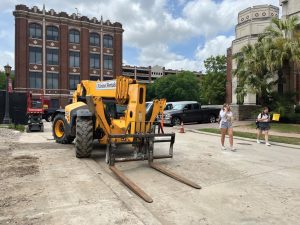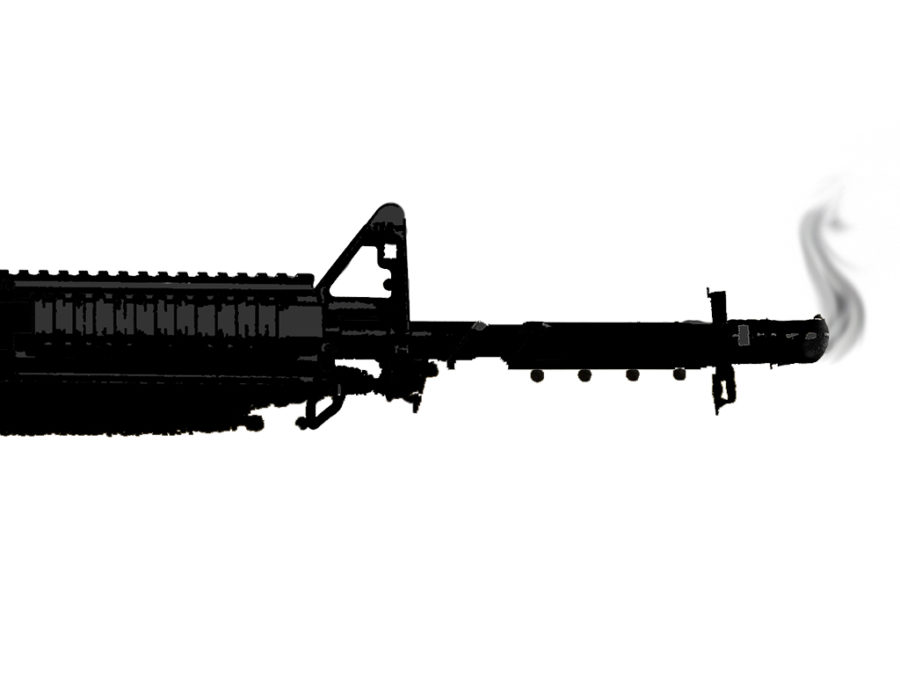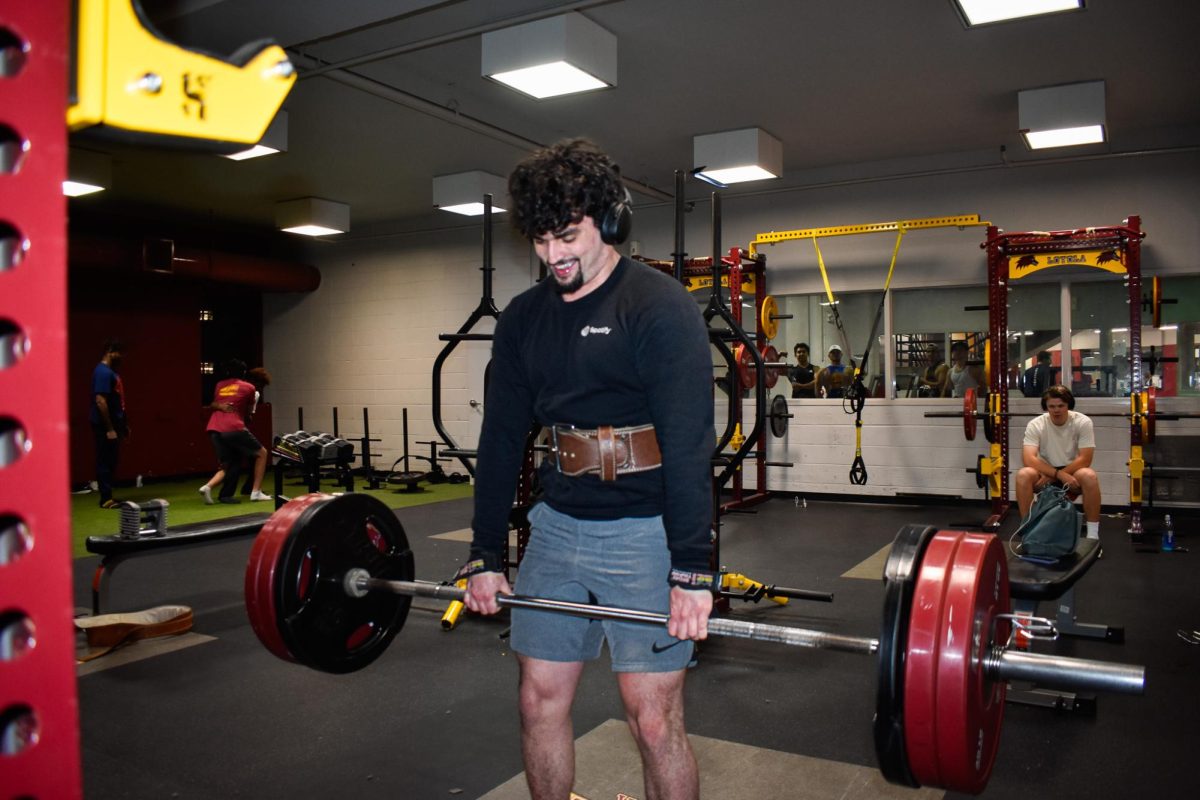The effects that Arthur Jones has had on the fitness industry have been incredible. Thanks to his inventions in fitness equipment and business prowess, he popularized the original Nautilus weightlifting machines in the 60’s, which opened the doors of gyms everywhere to recreational athletes who were too fragile to touch a free weight.
Now that Pandora’s box has been opened, nothing can ever put all the machines back into Jones’s black-hole of a mind and give us our kettle-bells, thick-handled barbells and rubber Olympic plates to use throughout the weight room as God probably intended.
Machines do have their proper place and specific functions. As I said before, they attract “recreational athletes”, because they are easier to use at reduced risk.
When lifting free weights, you are dealing with a weight constantly pulled by gravity in a three-dimensional plane. You are not only using the specific muscle you want to target, but you are using sympathetic muscles which stabilize the weight you are trying to push.
When you bench press, your pectoral and triceps muscles are used to push the weight and the biceps are used to stabilize the weight. However, should you exhaust yourself using free weights, the wrong exercise can damage muscles, joints and bones if using a sufficient work weight. Using a machine to replicate the bench press takes out the need to stabilize the weight. The machine allows for someone to safely train to the point of exhaustion without risk, but is not nearly as effective or balanced as a good compound lift.
Keep in mind there is a structure vs. functionality issue behind whether you should be using machines or free-weight, because a 300 pound dead-lift will translate into easily moving someone’s couch, whereas 300 pounds on any machine might not translate into any sort of athleticism or strength challenge. This is because only the isolated muscle is pushing or pulling 300 pounds (in some cases using a pulley system which reduces the force required to move). Compound lifts coordinate large amount of muscle groups to lift the weight in a controlled manner. Machines isolate muscles neglecting muscle groups, which may be sympathetic to each other during normal or athletic activity.
The most attractive part of machines is the ease with which you can monitor workouts using machines. If a personal trainer is familiar with the machines, they can make a generic routine which they can guide large numbers of clients through keeping track of what muscles were worked, how hard they were worked, and what should be worked next. The form should be natural to most gym goers and there is a reduced risk of injury when the machines are used properly.
If you are interested in strength training, don’t be afraid to try free-weights or machines with research into the exercises beforehand. Always know what you are doing and why you are doing it. When in doubt, go back to squats.
John Valdespino can be reached at













